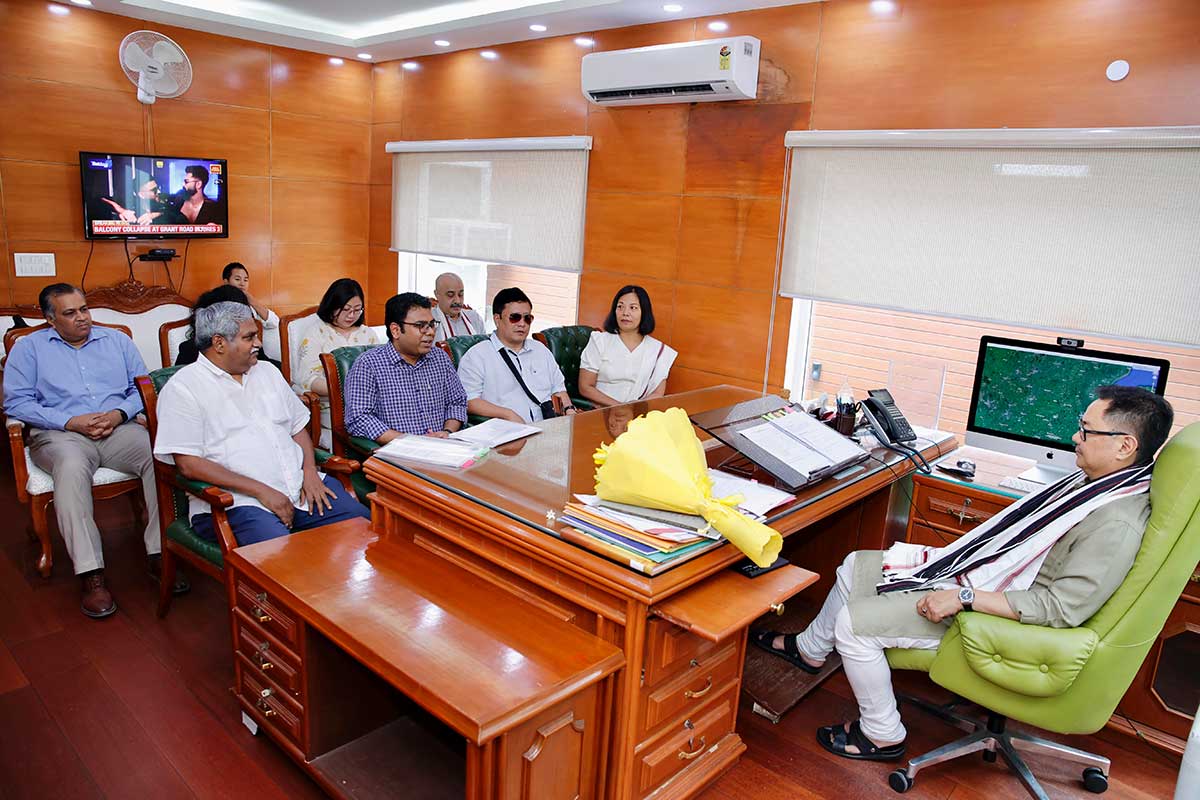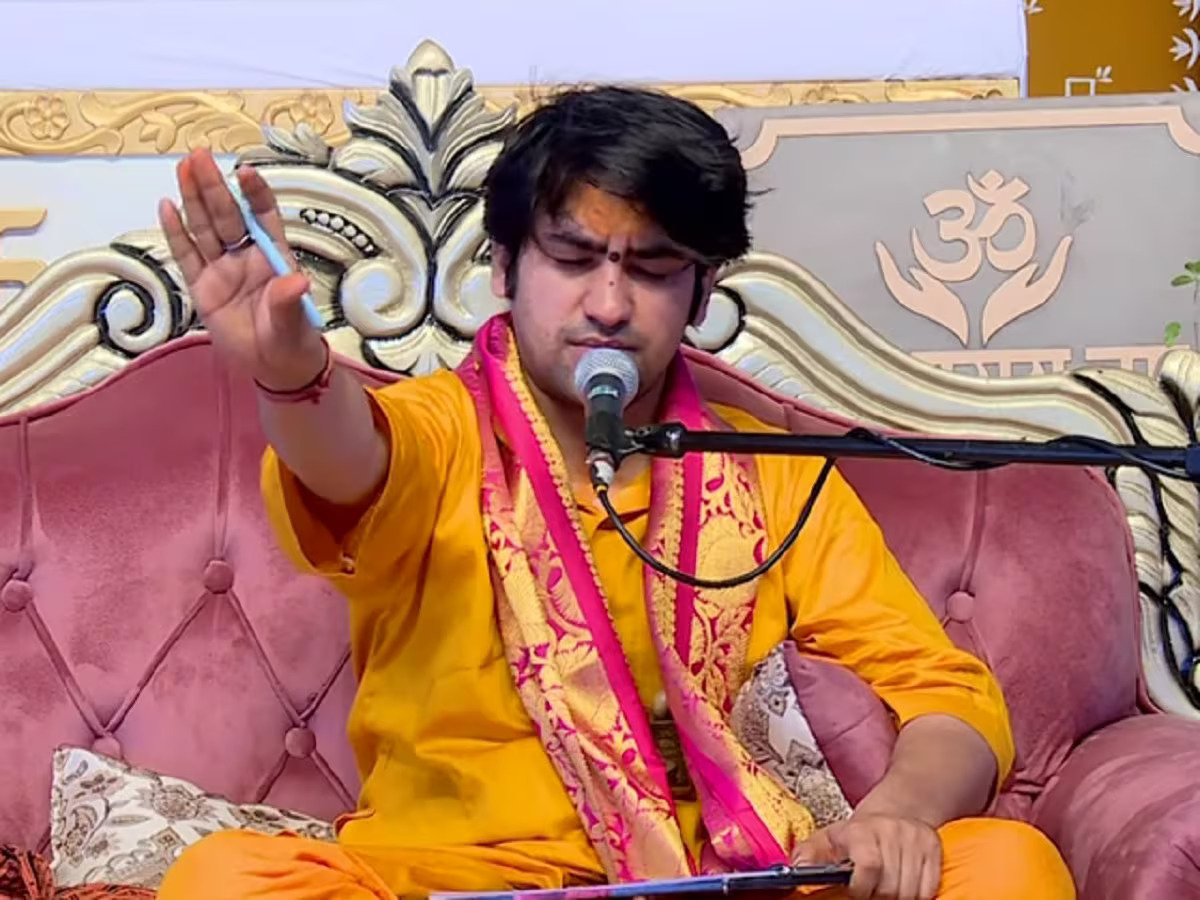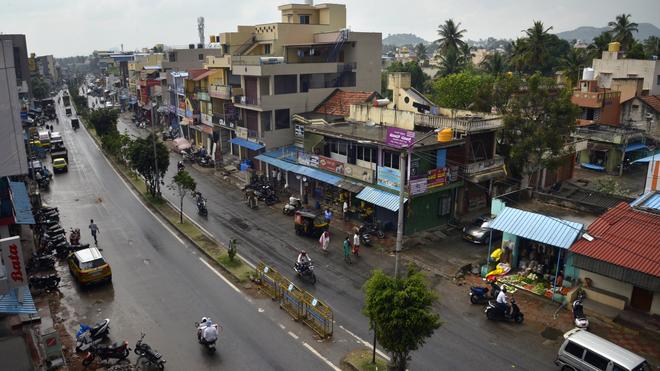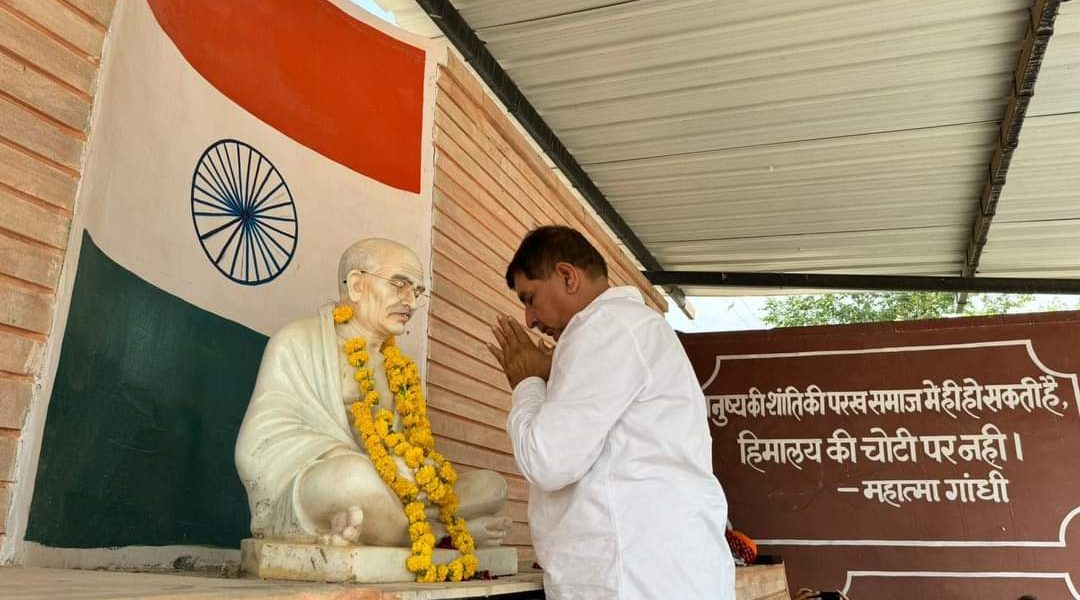
By
“Hinduism is not a codified religion.” – Mahatma Gandhi
Hinduism is the dominant faith of India, practiced by the majority of the population. And religion is central to the way of life in India. But there is no clear definition of Hinduism. In one way, it gives freedom, in another way it creates indiscipline. In one way, it is democratic and beautiful, in another way it has no order, no system and no structure. Everything seems to be quite open but confusing, unclear and vague.
According to some renowned scholars, Hinduism is not exactly a religion at all. It can be defined as a way of life based on the teaching of ancient sages and scriptures, such as the Vedas and Upanishads.
It’s quite tough to define Hinduism as much more than a religion, which reinforced a strict social hierarchy called the caste system, as perceived in the West. It is a way of life, dharma.
The word “dharma” connotes that which supports the universe and in effect means any path of spiritual discipline that leads to God. Believers in Hinduism tend to root for the liberal and the secular version. That’s why there are different devotional sects within Hinduism such as Vaishnavism, Shaivism, Shaktism, and Smartism.
All are free to pursue their beliefs. So all Indians, irrespective of the religion to which they belong, equally qualify to contribute to the religious life of the country. That had been the philosophy of the country for thousands of years.
A militant version of Hinduism
But in recent years, the mainstream media in India have tried to replace the word Hinduism with “Hindutva,” especially after the Bharatiya Janata Party (BJP) led by Narendra Modi came to power. But Hindutva is not Hinduism. Hindutva is a political doctrine, not a religious one.
More so, the word is of relatively recent origin. It was popularized – perhaps coined – by Veer Savarkar, as in his 1923 treatise Hindutva: Who Is a Hindu? Savarkar himself wrote, “Hindutva is not identical with what is vaguely indicated by the term Hinduism.”
Hindutva defines India as a Hindu state and all Indians to be Hindu. But Savarkar’s Hindutva ideology was narrow and exclusivist, which seriously undermines the country’s identity as a pluralistic society.
The current identity politics in India based on secularism and communalism represents a choice between the inclusiveness of Mahatma Gandhi and the exclusions of Savarkar. Gandhi did not separate religion from politics. He brought religious ethics to politics rather than political militancy into religious communities.
Savarkar’s idea of Hindutva seriously upset the delicate equilibrium, prevailing in a multicultural, multi-religious, and multilingual country like India. In contrast, Gandhi’s Hinduism gives space to all.
Another revered figure, Swami Vivekananda, who was among the first to introduce Hinduism to the West, treated it as a distinctive worldview with a relevance and appeal that transcends ties of nationality, race and culture.
In his lectures to Western audiences, he presented the Hindu tradition as one that universally addresses the human condition and predicament and as a real option for people who do not have ancestral or cultural roots in the Indian subcontinent.
For Vivekananda, being Hindu was not the same as being Indian, whereas Savarkar’s parochial identification of Hinduism with what he refers to as a nation, race, and culture makes it difficult for Hinduism to proclaim itself legitimately as a world religion.
More so, he wrote, “Hindutva is not identical with what is vaguely indicated by the term Hinduism.” His aim was the political mobilization of all those with “Hindu” identity to form a nation of militant nationalists.
Today’s Rashtriya Swayamsevak Sangh (RSS), the ideological patron of the BJP, strongly endorses his views. It repeatedly terms itself as a cultural organization, yet many of its actions mirror the military activity envisaged by Savarkar.
Since India gained independence, Hindutva leaders have played a key role in breaking the secular fabric of the nation, creating a majoritarian identity based on the Hindu nation. Yet Hindutva was not truly “mainstreamed” until the election of the current prime minister, Narendra Modi, in 2014.
To construct a narrative, he openly calls for “Ram Rajya,” aims to forge “One Nation (in One State), One Culture, One Religion and One Language.” He has ardently followed his Hindutva model, with the introduction of controversial laws such as the Citizenship (Amendment) Act, which undermines the constitution and right of minorities.
This policy is equally supported by his affiliate organizations, which leave no stone unturned to settle dissent with communal violence or propagate hatred among communities in the name of Hindu nationalism. But India is paying a big price for his Ram Rajya or Hindutva model.
How Hindutva led India toward disaster
On January 22, in a virtual address to the students of Tezpur University in Assam, Modi declared India’s victory over Covid-19. He categorically said, “India did not compromise with the Covid situation and took a proactive decision to curb the fast-spreading virus. With a made-in-India solution, we resisted the virus’ spread significantly and utilized the opportunity to improve the health infrastructure.”
But experts felt that it was premature on Modi’s part to declare victory without quoting any data and statistics.
Apart from that, the Modi government also allowed the weeks-long Kumbh Mela, a Hindu festival that takes place on the banks of the Ganges River in Haridwar, in the hill state of Uttarakhand. As a result, more than 9 million people are estimated to have gathered in Haridwar since the beginning of the year, but most of those – some 6 million – are thought to have come in April, just as Covid-19 was beginning to surge in India.
A forum of scientific advisers set up by the government warned Indian officials in early March of a new and more contagious variant of the coronavirus taking hold of the country. Despite that, the government allowed the religious festival to proceed from mid-March.
As a second wave of the pandemic began in India in early April, there were serious concerns that this festival could turn into a super-spreader event. Even as infections and deaths traced to the Kumbh mounted, Modi’s government balked at calling off the festival.
On the 17th day of the festival, the government asked the devotees to keep it symbolic. But the damage had already been done. Uttarakhand itself registered 806 deaths a week after the festival ended, while the number of Covid-19 cases doubled in April.
That same month, when India was seeing an exponential rise in cases on a day-to-day basis, Modi was busy holding election rallies with huge mass gatherings in Bengal and Assam, questioning the very protocol of “social distancing” he had told the nation to follow.
More so, Covid-19 was the last thing on Modi’s mind when he bragged about the attendance at one of his election rallies in West Bengal.
In other words, Modi and his government played the role of a catalyst in increasing the number of Covid-19 cases by allowing events like Kumbha Mela and huge election campaigns in Bengal and Assam.
Now the world’s second-most populous country is struggling to contain a second wave of infections much more severe than its first last year.
But the ground reality puts a serious question mark on the government data: corpses floating in the Ganges River, oxygen shortages leading to mass deaths in hospital intensive-care units, funeral pyres taking over parking lots for lack of space in crematoria. Hundreds of thousands of posts on Facebook and Twitter asking for help present a different picture. It clearly shows that the entire health system has collapsed.
Even then, experts say the official tally of confirmed cases and deaths is likely a massive undercount, with one estimate of infections at 10 times the official figure.
The testimony to this was that the Indian government ordered Twitter and Facebook to take down posts critical of its handling of the pandemic. Amid an unprecedented collapse of the nation’s health infrastructure, Twitter has become a rare beam of hope, as the traditional media have devoted themselves to portraying Modi as India’s savior.
Meanwhile Indian diplomats in Canberra wrote a letter to the editors of The Australian, describing its article on Modi’s handling of pandemic as “completely baseless, malicious and slanderous.” Rather than protecting the people’s lives, Modi chooses to protect his image.
For the sake of one man’s ego, a billion lives are compromised. However, the onus should be shared equally by India’s voters, as this is the price they are paying for Modi’s Ram Rajya or Savarkar’s philosophy, in which temples are valued more than hospitals.
This story is first appeared on asiatimes.com





